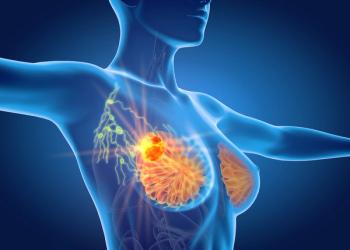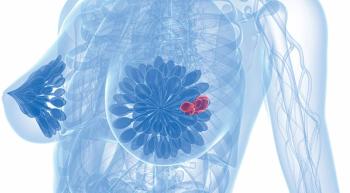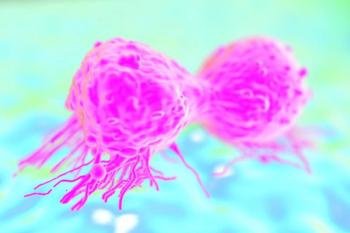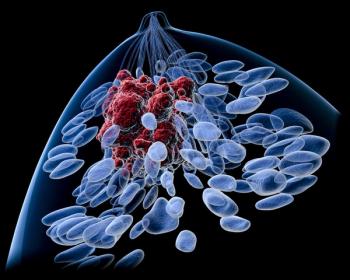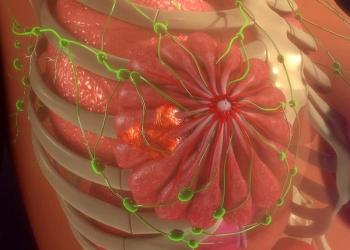
- ONCOLOGY Vol 14 No 8
- Volume 14
- Issue 8
Taxanes in Combination With Gemcitabine
A phase I trial demonstrated that monthly docetaxel (Taxotere) and weekly gemcitabine (Gemzar) had both acceptable toxicity and encouraging antineoplastic activity in patients with previously treated advanced breast cancer. This phase II trial will determine the efficacy and toxicity of this regimen in advanced breast cancer patients who have measurable disease refractory to, or relapsed after, first-line or adjuvant chemotherapy.
A phase I trial demonstrated that monthly docetaxel (Taxotere) and weekly gemcitabine (Gemzar) had both acceptable toxicity and encouraging antineoplastic activity in patients with previously treated advanced breast cancer. This phase II trial will determine the efficacy and toxicity of this regimen in advanced breast cancer patients who have measurable disease refractory to, or relapsed after, first-line or adjuvant chemotherapy.
Therapy consists of docetaxel 100 mg/m² on day 1, and gemcitabine 800 mg/m² on days 1, 8, and 15, every 4 weeks. Tumor assessments are performed after cycles 2 and 4. Thirty-two of the 39 registered patients are evaluable, and 7 are too early. Their median age is 58 years (range: 3880 years). All have stage IV disease and a performance status of 0/1. Eleven patients have received prior irradiation and 29 received anthracycline-based combination chemotherapy.
To date, 151 cycles have been administered to 32 patients. Grade 4 neutropenia has been reported in 44% of cycles with fever in 3% of cycles. Grade 3 nonhematologic toxicities consisted of the following: 3 patients with dehydration, 2 with transient edema, 1 each with mucositis and nausea, and 10 with fatigue. Most patients have required permanent dose reductions of both gemcitabine and docetaxel due to neutropenia. Thus far, responses have been confirmed in 19 (60%) of the 32 patients. At 22 months, median survival has not yet been reached.
CONCLUSION: We await complete results from this ongoing trial.
Articles in this issue
over 25 years ago
Commentary on Abstract #280over 25 years ago
Commentary on Abstract #527over 25 years ago
Commentary on Abstracts #986 and #1015over 25 years ago
Commentary on Abstract #1916over 25 years ago
Commentary on Abstracts #341, #347, and #333over 25 years ago
Commentary on Abstracts #407 and #424over 25 years ago
Commentary on Abstracts #349 and #1259over 25 years ago
Commentary on Abstracts #317 and #322over 25 years ago
Commentary on Abstracts #254 and #330over 25 years ago
Commentary on Abstract #336Newsletter
Stay up to date on recent advances in the multidisciplinary approach to cancer.


